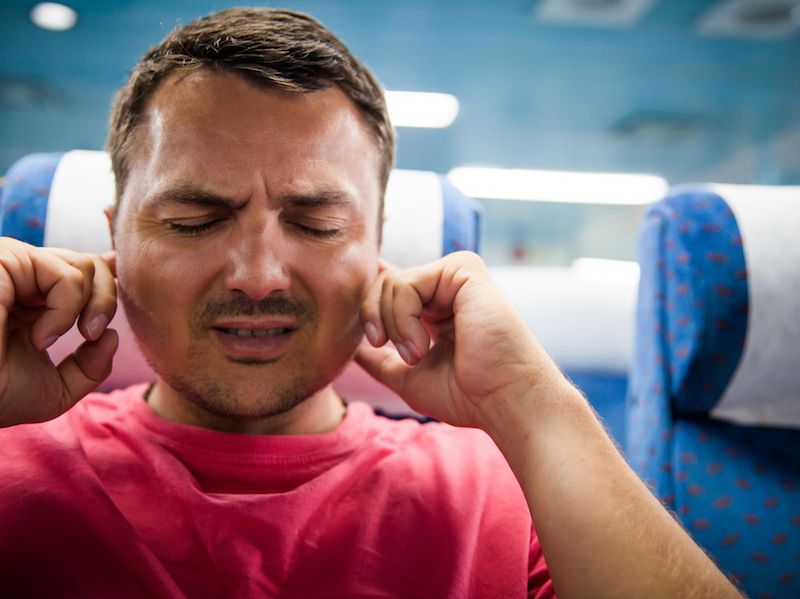
Have you ever been on an airplane and you start to have problems with pressure in your ears? Where your ears suddenly feel plugged? Someone you know probably recommended chewing gum. And you probably don’t even understand why this works sometimes. Here are a few strategies for making your ears pop when they feel blocked.
Pressure And Your Ears
Your ears, as it so happens, do an extremely good job at controlling pressure. Thanks to a handy little piece of anatomy called Eustachian tubes, the pressure on the interior of your ears is able to regulate, adjust, and equalize to the pressure in the outside world. Usually.
There are some circumstances when your Eustachian tubes might have problems adjusting, and inequalities in air pressure can cause issues. There are occasions when you could be suffering from an uncomfortable and frequently painful condition called barotrauma which occurs when there is an accumulation of fluid behind the ears or when you’re ill. This is the same thing you experience in small amounts when flying or driving in really tall mountains.
Most of the time, you won’t notice differences in pressure. But you can experience pressure, pain, and crackling if your Eustachian tubes aren’t functioning correctly or if the pressure changes are sudden.
Where’s That Crackling Coming From?
You might become curious where that crackling is coming from because it’s not typical in day to day circumstances. The crackling noise is often compared to the sound of “Rice Krispies”. In most cases, what you’re hearing is air moving around blockages or obstacles in your eustachian tubes. The cause of those blockages can range from congestion to Eustachian tube malfunction to unregulated changes in air pressure.
Neutralizing Ear Pressure
Any crackling, particularly if you’re at high altitudes, will normally be caused by pressure imbalances. In that circumstance, you can try the following technique to equalize ear pressure:
- Valsalva Maneuver: If you’re still having difficulty, try this: after you pinch your nose and shut your mouth, try blowing out without allowing any air escape. Theoretically, the air you try to blow out should move through your eustachian tubes and neutralize the pressure.
- Toynbee Maneuver: This is actually just an elaborate way to swallow. Pinch your nose (so that your nostrils are closed), shut your mouth, and swallow. Sometimes this is somewhat simpler with water in your mouth (because it forces you to keep your mouth closed).
- Try Swallowing: Pressure in the eustachian tubes will be neutralized when the muscles used to swallow are activated. This, by the way, is also the reason why you’re told to chew gum on an airplane; the swallowing is what equalizes the ear and chewing makes you swallow.
- Frenzel Maneuver: If nothing else is effective, try this. With your mouth shut and your nose pinched, try making “k” noises with your tongue. You can also try clicking to see if that helps.
- Yawning: For the same reason that swallowing can be effective, try yawning. (if you can’t yawn on command, try imagining someone else yawning, that will usually work.)
Devices And Medications
If using these maneuvers doesn’t help, there are medications and devices that are specially made to help you handle the ear pressure. The cause of your barotrauma and it’s intensity will establish if these techniques or medications are appropriate for you.
At times that could mean special earplugs. In other circumstances, that might mean a nasal decongestant. Your scenario will dictate your response.
What’s The Trick?
The real trick is figuring out what works for you, and your eustachian tubes.
If, however, you’re finding that that feeling of having a blocked ear doesn’t go away, you should call us for a consultation. Because loss of hearing can begin this way.

